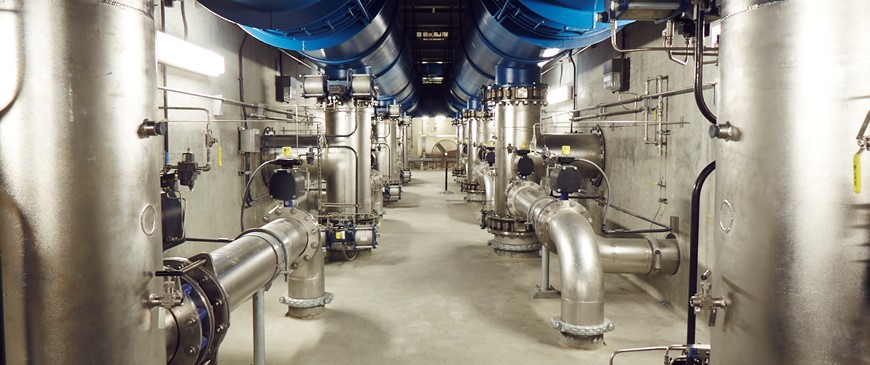
The era of dam building is coming to an end in much of the developed world. Dams are very expensive, environmentally harmful, and as the climate warms and droughts become more common, are not that reliable.
A study by Bluefield Research last year ranked the current cost of water delivered from six technologies. From cheapest to most expensive, the ranking was smart-meter leak detection, desalination of brackish water, wastewater recycling, stormwater capture, dams with reservoirs, and ocean desalination. And even ocean desalination is likely to continue to get cheaper.
California has 1,400 dams but is increasingly turning to wastewater treatment. Orange County, a noted bastion of political conservatism, began distributing drinking water derived from sewage in the 1970s. Over time, its district became the operator of the world’s largest wastewater-to-drinking-water plant. By the time the district completes its next planned expansion in 2023, the system will generate 130 million gallons of drinking water a day, enough to serve about 1 million of its 2.5 million customers. That is four times the production of the world’s second largest facility in Singapore.
The shift to wastewater is taking place around the world. Namibia, Australia and Israel all have significant efforts. The latest methods are considered more reliable than reservoirs, whose water supply varies with precipitation levels and season. Most waste treatment plants deliver water at prices that are lower, sometimes by multiples, than water delivered from dams.
In some states, there are still regulatory obstacles to overcome, but the improving technology for waste treatment and techniques like capturing stormwater are likely to be the way of future for dealing with water scarcity.
**********
Web Links
Where Water is Scarce, Communities Turn to Reusing Wastewater
Photo courtesy of the Orange County Water District.
‘Wastewater Instead of Dams’ from Earth Wise is a production of WAMC Northeast Public Radio.
Leave a Reply